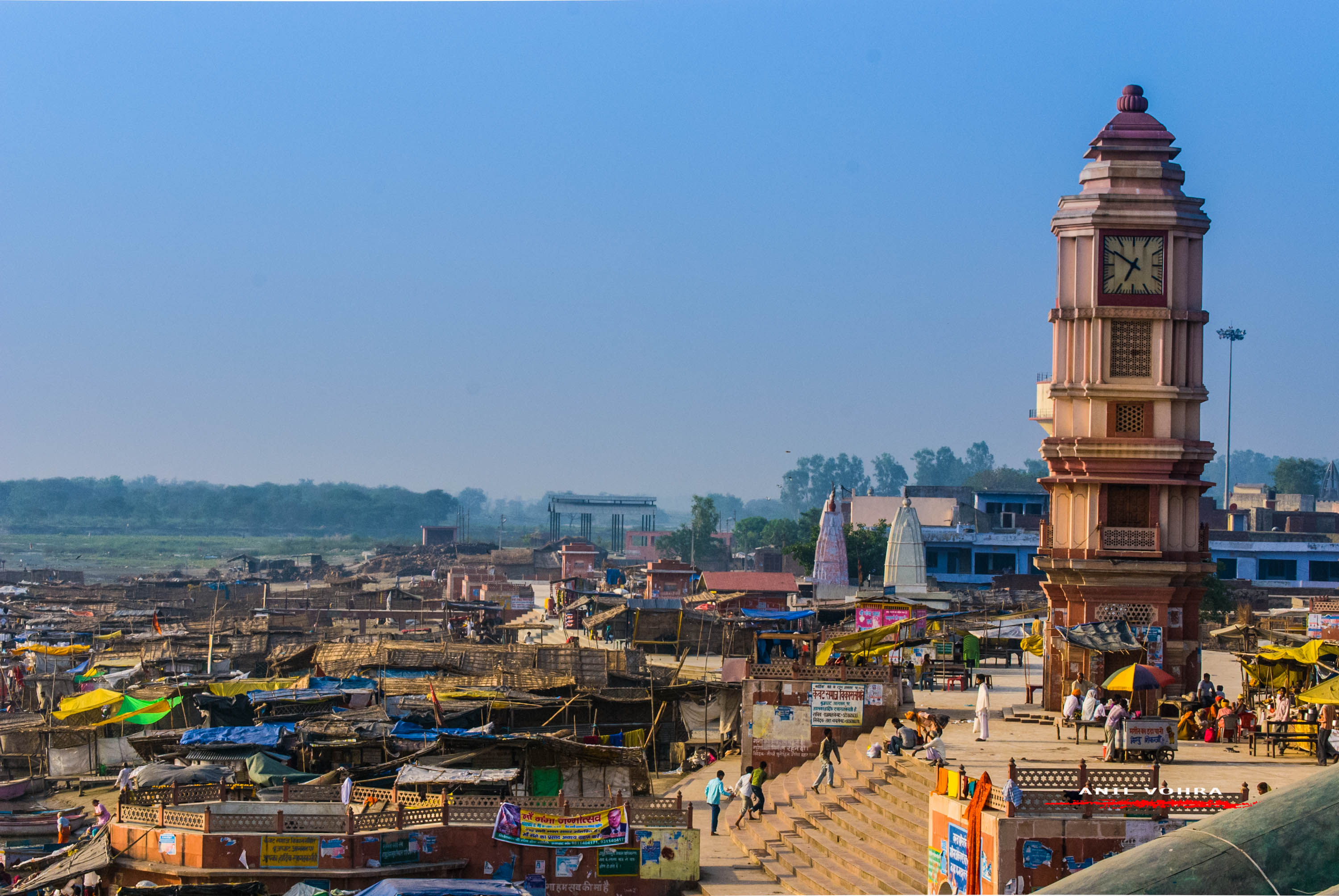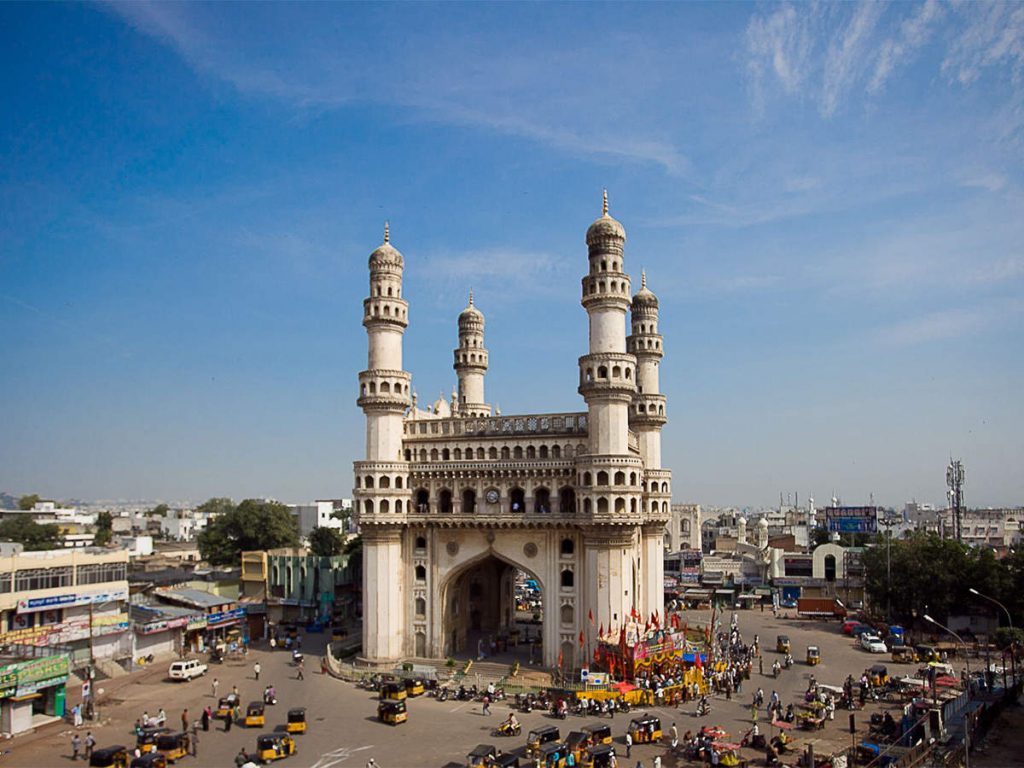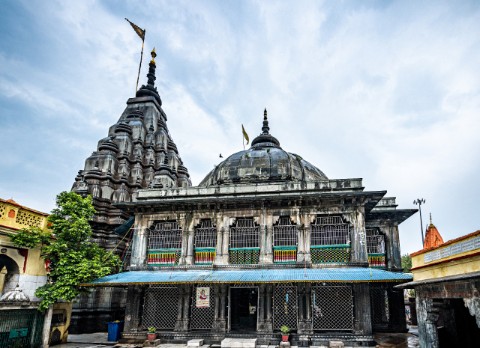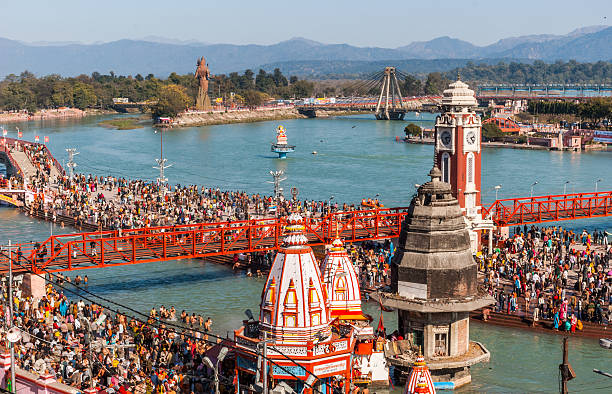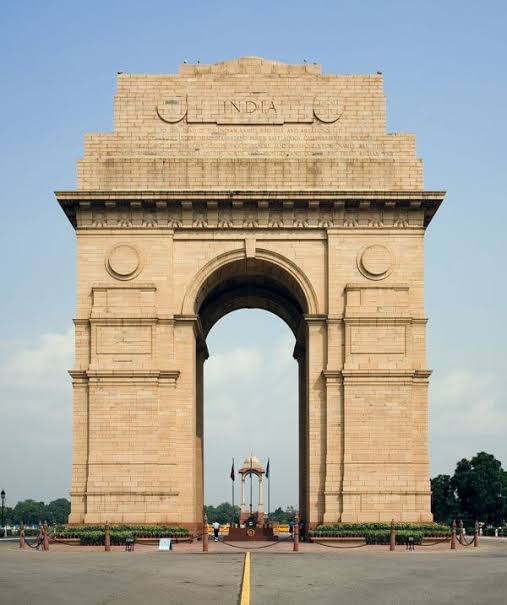
Anniversary pooja
Anniversary Pooja: Meaning and Significance
An Anniversary Pooja, also known as Varshik Pooja, is a Hindu ritual performed to mark the annual commemoration of a significant event, such as a wedding anniversary, the death anniversary of a loved one, or the anniversary of a housewarming (Griha Pravesh). This pooja is conducted to seek blessings, express gratitude, and ensure continued prosperity and harmony.
Steps and Procedure for Anniversary Pooja
-
Preparation:
- Cleansing and Decor: Clean the house and decorate the pooja area with flowers, rangoli, and lamps.
- Gathering Materials: Collect all necessary items such as flowers, incense sticks, lamps, fruits, sweets, turmeric, sandalwood paste, rice, and ghee.
-
Setting up the Altar:
- Placing the Deity: Place idols or images of deities on a clean, decorated altar.
- Arranging the Items: Arrange all pooja items neatly on a plate.
-
Invocation (Avahanam):
- Ganesh Pooja: Begin by invoking Lord Ganesha to remove obstacles. Offer flowers, rice, and light an incense stick.
- Kalash Sthapana: Place a kalash (pot filled with water) with a coconut on top, symbolizing the presence of the deity.
-
Sankalp (Resolution):
- Taking the Sankalp: The head of the family or the main person performing the pooja takes a vow (sankalp) stating the purpose of the pooja and seeking blessings.
-
Main Pooja:
- Chanting Mantras: Chant mantras specific to the deity being worshipped. Common mantras include those dedicated to Lord Vishnu, Lakshmi, Shiva, or the family deity.
- Offering Items: Offer flowers, fruits, sweets, turmeric, sandalwood paste, rice, and water to the deity while chanting the mantras.
-
Havan (Fire Ritual):
- Setting up the Havan Kund: Prepare the havan kund (sacrificial fire pit) and light the fire.
- Offering Ahuti: Offer ghee, rice, and special herbs into the fire while chanting specific Vedic mantras.
-
Arati (Waving of Lamps):
- Performing Arati: Light the lamp and perform arati by waving it in front of the deity in a circular motion while singing devotional songs.
-
Prasad Distribution:
- Offering Food: Offer cooked food, fruits, and sweets to the deity.
- Distributing Prasad: After the pooja, distribute the prasad among the family members and guests.
-
Concluding Prayers (Mangalam):
- Thanksgiving: Thank the deity and seek blessings for continued happiness, prosperity, and peace.
- Prostration: Perform a full-body prostration (sashtanga namaskar) as a gesture of complete surrender and gratitude.
Benefits of Anniversary Pooja
- Divine Blessings: It is believed that performing this pooja brings divine blessings for a happy and prosperous life.
- Family Harmony: The ritual fosters unity, peace, and harmony within the family.
- Spiritual Growth: Regular pooja practices enhance spiritual growth and devotion.
- Health and Well-being: The pooja is believed to promote good health and well-being.
- Gratitude and Remembrance: It serves as a way to express gratitude for the blessings received and to remember significant events or loved ones.






